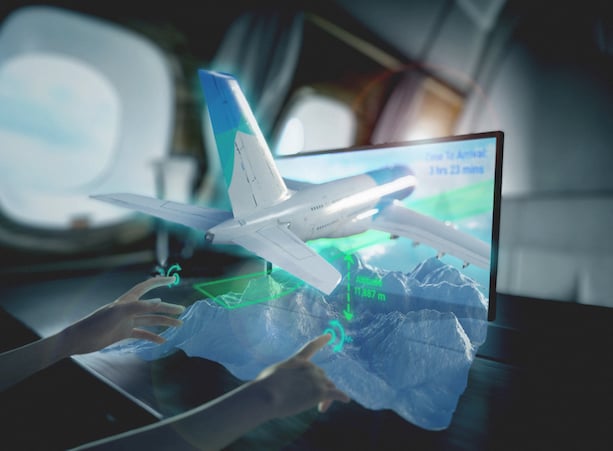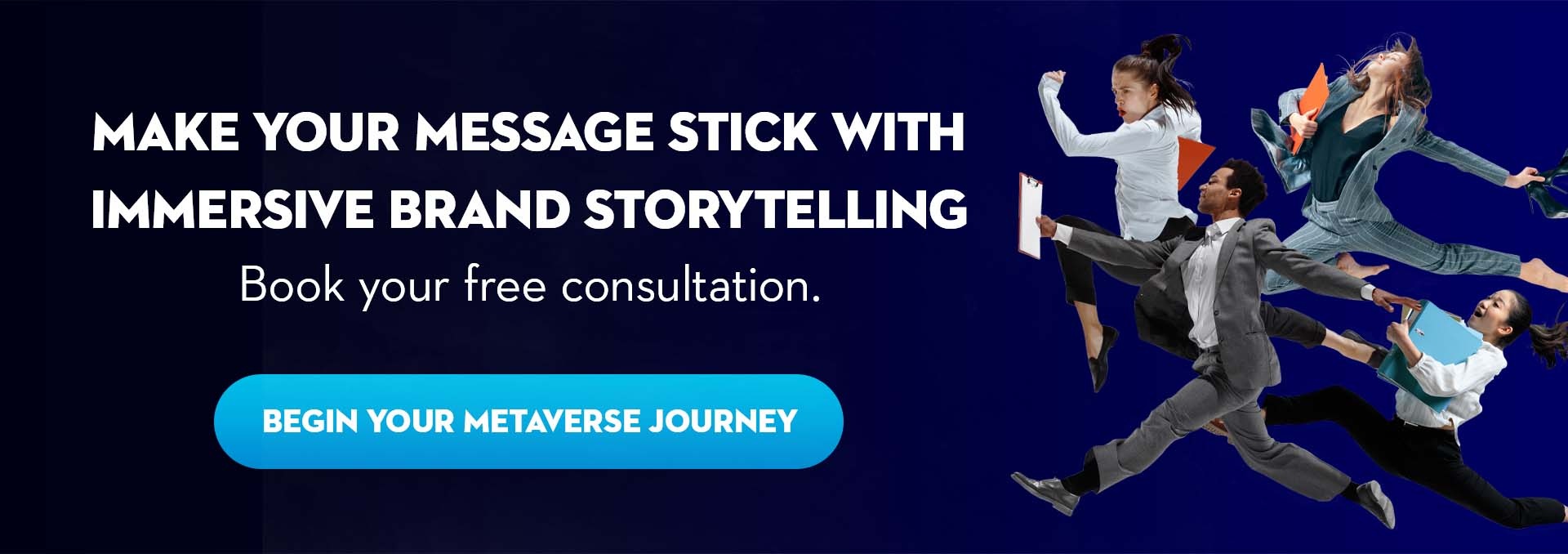Teleportation is becoming a reality, as well as holographic displays without any special hardware. Also, there's a new app to make use of the spare Lego bricks.
Read on!
Varjo Reality Cloud makes virtual teleportation possible
Varjo has introduced Varjo Reality Cloud. It is a system that uses the LiDAR sensors embedded in its XR-3 device to scan an environment and stream volumetric video of it in real-time. It essentially is the virtual teleportation of people and spaces.
With Varjo Reality Cloud, the XR-3 headset can scan and record a person in one location and transmit the feed to another XR-3 user in a remote location. The user can see that person anchored in their environment. The volumetric video feed can also present people's surroundings to remote XR-3 users, allowing them to interact with the entire scene.
"We believe that Varjo's vision for the metaverse will elevate humanity during the next decade more than any other technology in the world. The Varjo Reality Cloud will release our physical reality from the laws of physics. The programmable world that once existed only behind our screens can now merge with our surrounding reality," said Timo Toikkanen, CEO of Varjo, in a statement.
Brickit helps to make use of spare Lego tiles
An impressive integration between iOS tech and physical Lego bricks just popped up on the App Store, and it's built by a team of fans. The Brickit app uses computer-vision tech to quickly make sense of a mountain of bricks.
The app can quickly analyze a single layer of Legos on the floor. It identifies bricks in the collection and serves up projects that users have all or most of the bricks they need. Users can scroll through suggested projects and are pointed to the area in the brick pile that a particular needed piece is in.
The Brickit app is limited to iOS for now, but its website indicates it aims to launch an Android app by the fall.
VividQ says it can turn regular screens into holographic displays
A UK-based deep-tech startup VividQ is working on a technology for rendering holograms on legacy screens.
According to the company, the HoloLCD technology turns consumer-grade screens into holographic displays by projecting actual 3D images with true depth of field.
"At VividQ, we are on a mission to bring holographic displays to the world for the first time. Our solutions help bring innovative display products to the automotive industry, and improve AR experiences. Soon they will change how we interact with personal devices, such as laptops and mobiles," said Darran Milne, co-founder and CEO of VividQ.
"A hologram is essentially an instruction set that tells light how to behave. We compute that effect algorithmically and then present that to the eye, so it's indistinguishable from a real object. It's entirely natural as well. Your brain and your visual system are unable to distinguish it from something real. You're literally giving your eyes the same information that reality does," Milne said.
That's all for now, see you next time - in August!



